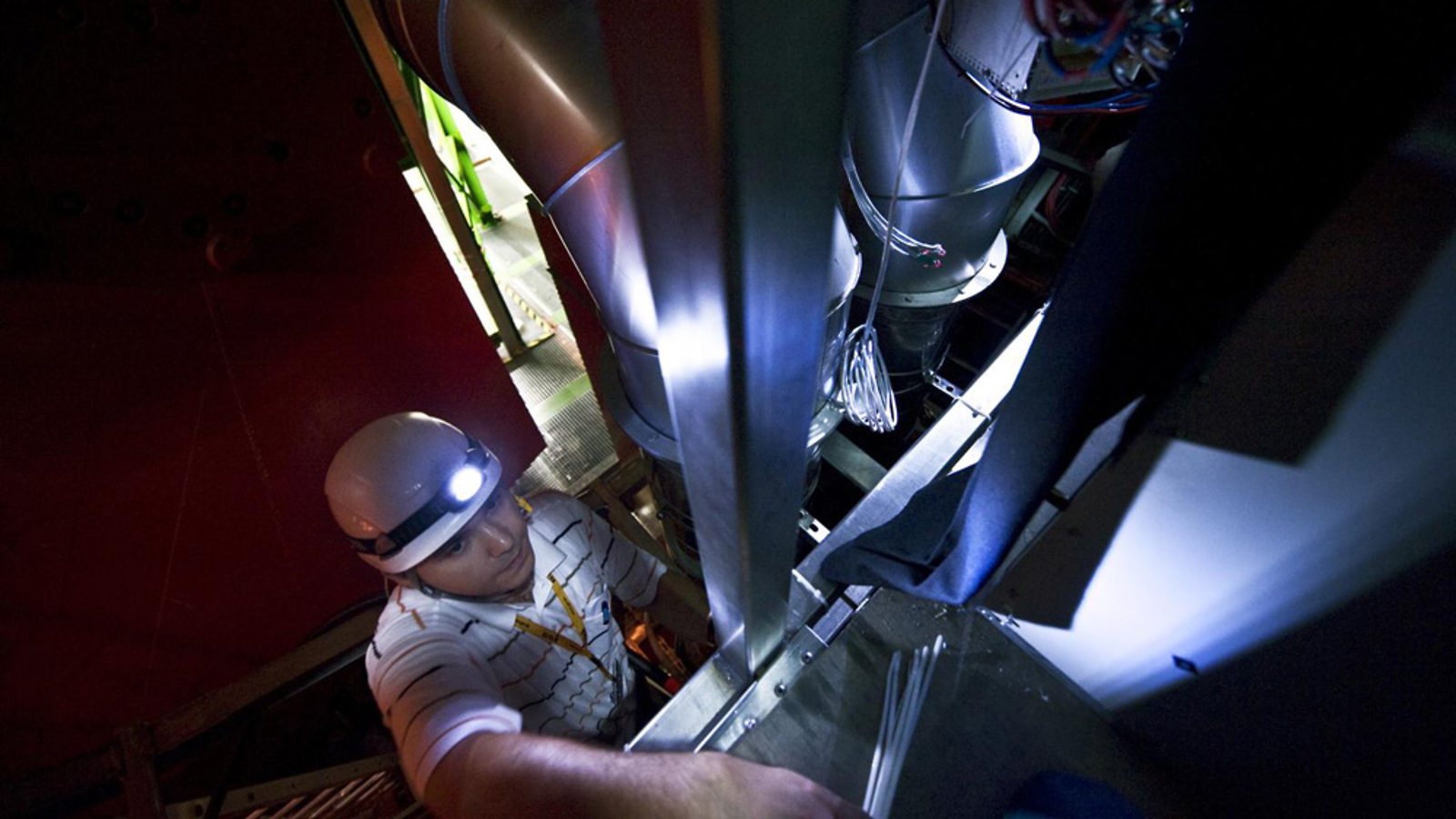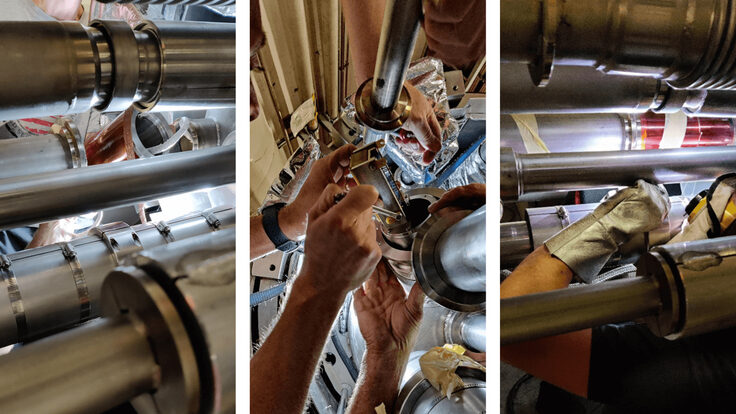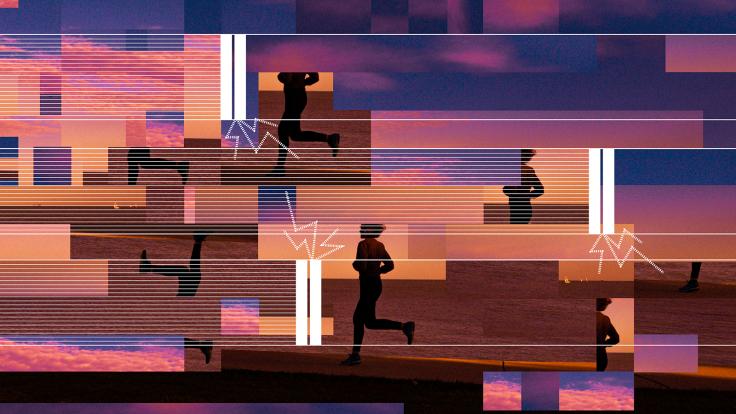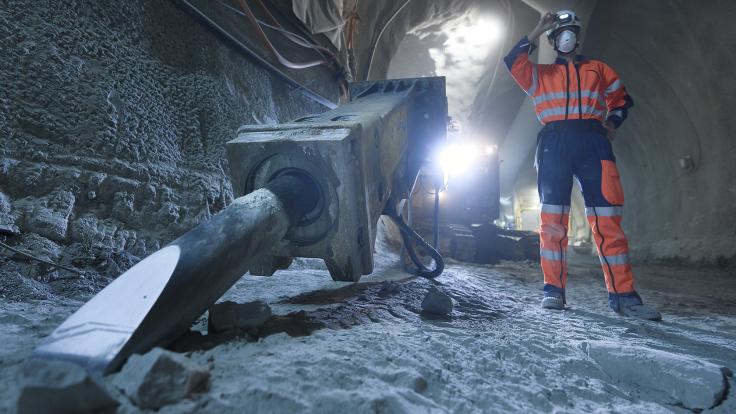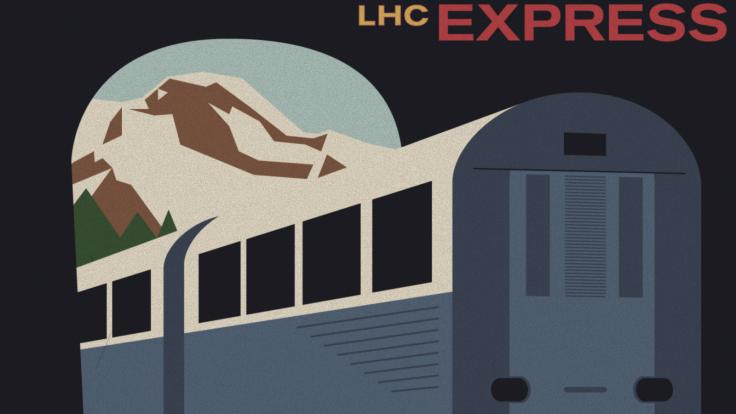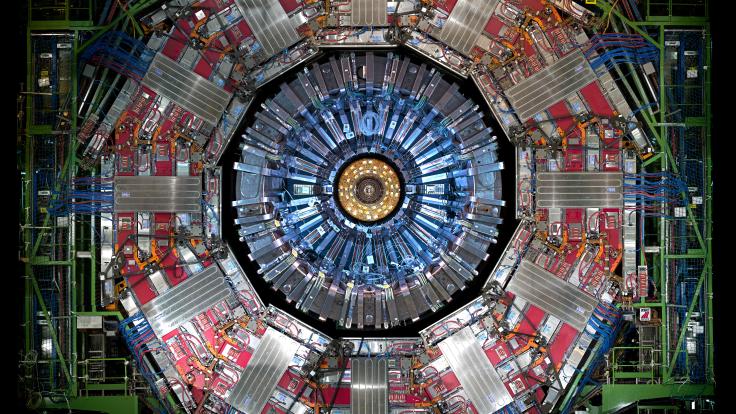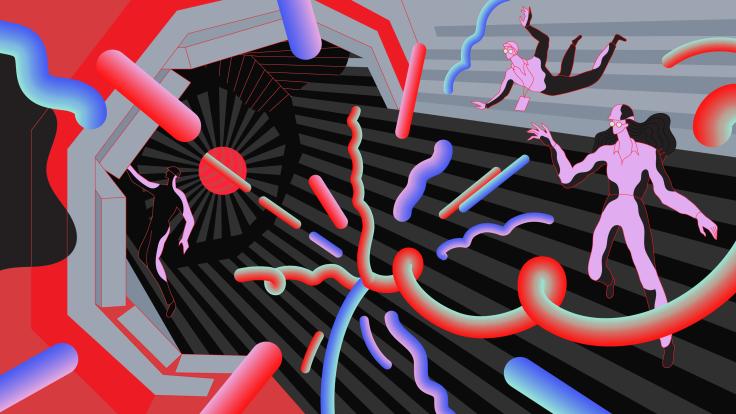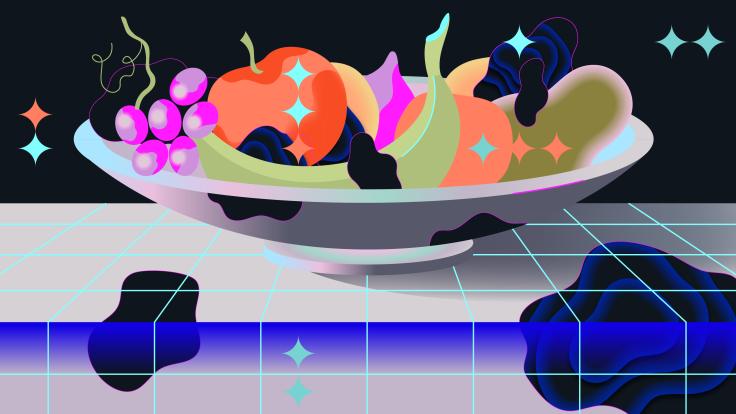The Large Hadron Collider is the product of generations of work. As time presses on, many LHC collaborators involved from the beginning have moved on to other projects, and memories of the decade of construction that produced the largest collider yet, along with its associated detectors, have begun to dim.
This has implications for the LHC experiments, which are meant to run for years to come.
The importance of passing along knowledge to newer collaboration members is already apparent with a major work period planned to take place during the long shutdown next year.
“Everybody is a bit rusty,” CMS technical coordinator Austin Ball says. “After nine years of [building CMS], everybody who had been there through the whole process, they knew they were good. Now, we’ve had three years to forget all of that. We’re going to have to start slowly and make sure we don’t put too much load into the schedule.”
Beyond the shutdown, the lifetime of the LHC is now expected to be more than 30 years. Alongside engineering and physics, preserving expertise will be one of the biggest challenges at CERN.
There is no set standard among all four experiments for how to pass knowledge to the next generation. The common thread is that hands-on advance training is next to impossible, as the detectors are rarely open and, when they are accessible, work needs to be carried out quickly and efficiently.
ALICE deputy technical coordinator Arturo Tauro says most knowledge is transferred person-to-person. When a leader retires, there is usually someone with similar experience to take his or her place. He mentioned the L3 magnet, which originated at the Large Electron-Positron Collider at CERN. LEP shut down in 2000 and ALICE inherited its enormous, 42-foot-tall magnet.
“The operation of its complex cooling system, or the procedures for the opening and closing of the 400-ton big doors, are competences which were transmitted to the present generation of technicians, though the people who conceived these systems retired a long time ago,” Tauro says. “This is somewhat typical of these big collaborations. The competence is more or less distributed across several people throughout the whole life of the project.”
To give people an understanding of the environment in which they will be working, experiments can also rely on photographs. The thousands of pictures taken during the construction of the LHC document every layer of the experiments.
“We’re going to have to spend quite a lot of time looking at photographs, of which we have literally thousands, of what the environment is actually going to look like once we have the detector open because we haven’t seen some parts of it for a long time,” Ball says.
After everything is completed, Tauro says the next step is to complete a written record.
“It’s very important we keep track of what we do,” he says. “Ideally, we should get together to make a short preview after the installation and keep track of what was wrong so next time we avoid this.”



